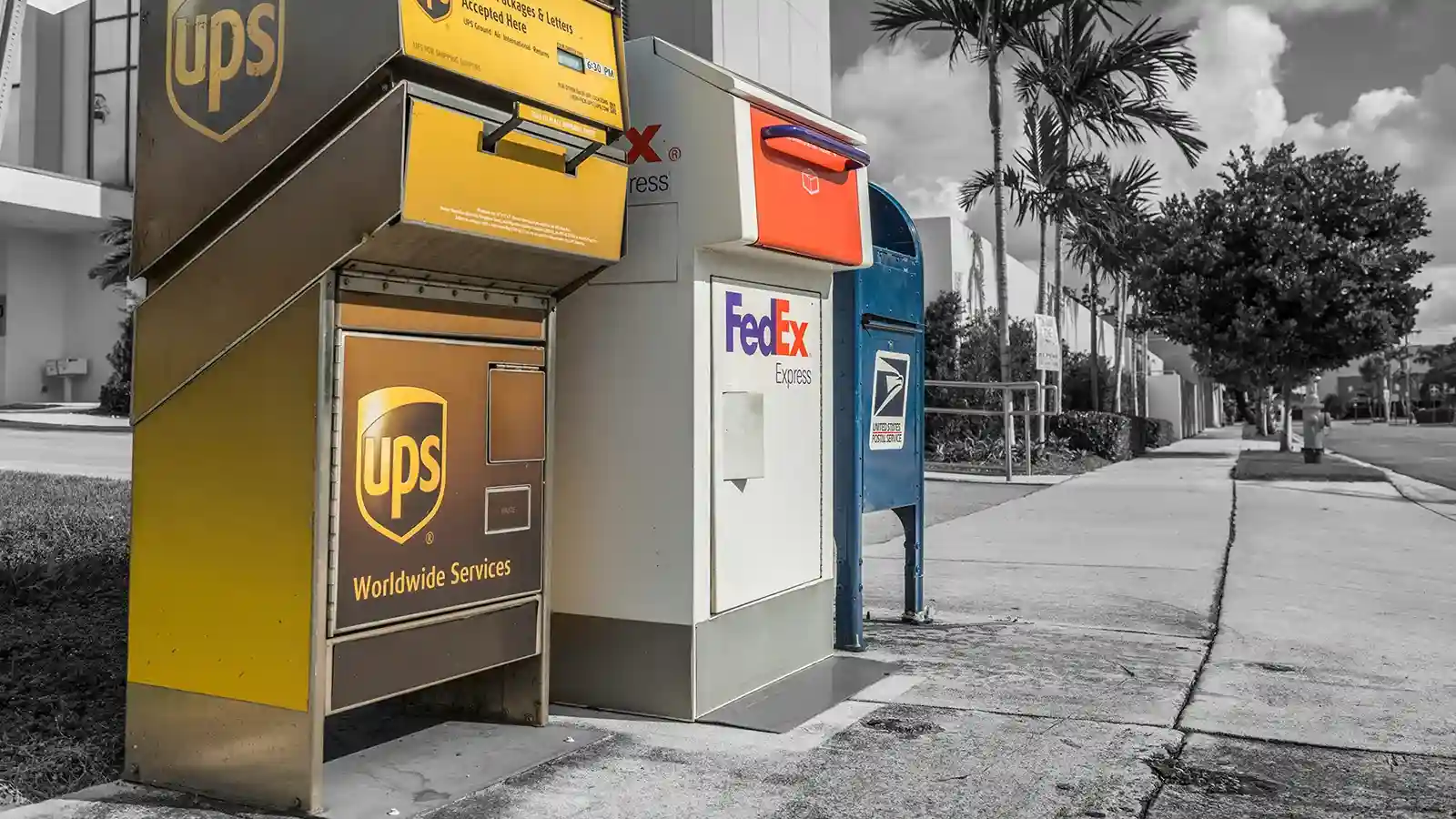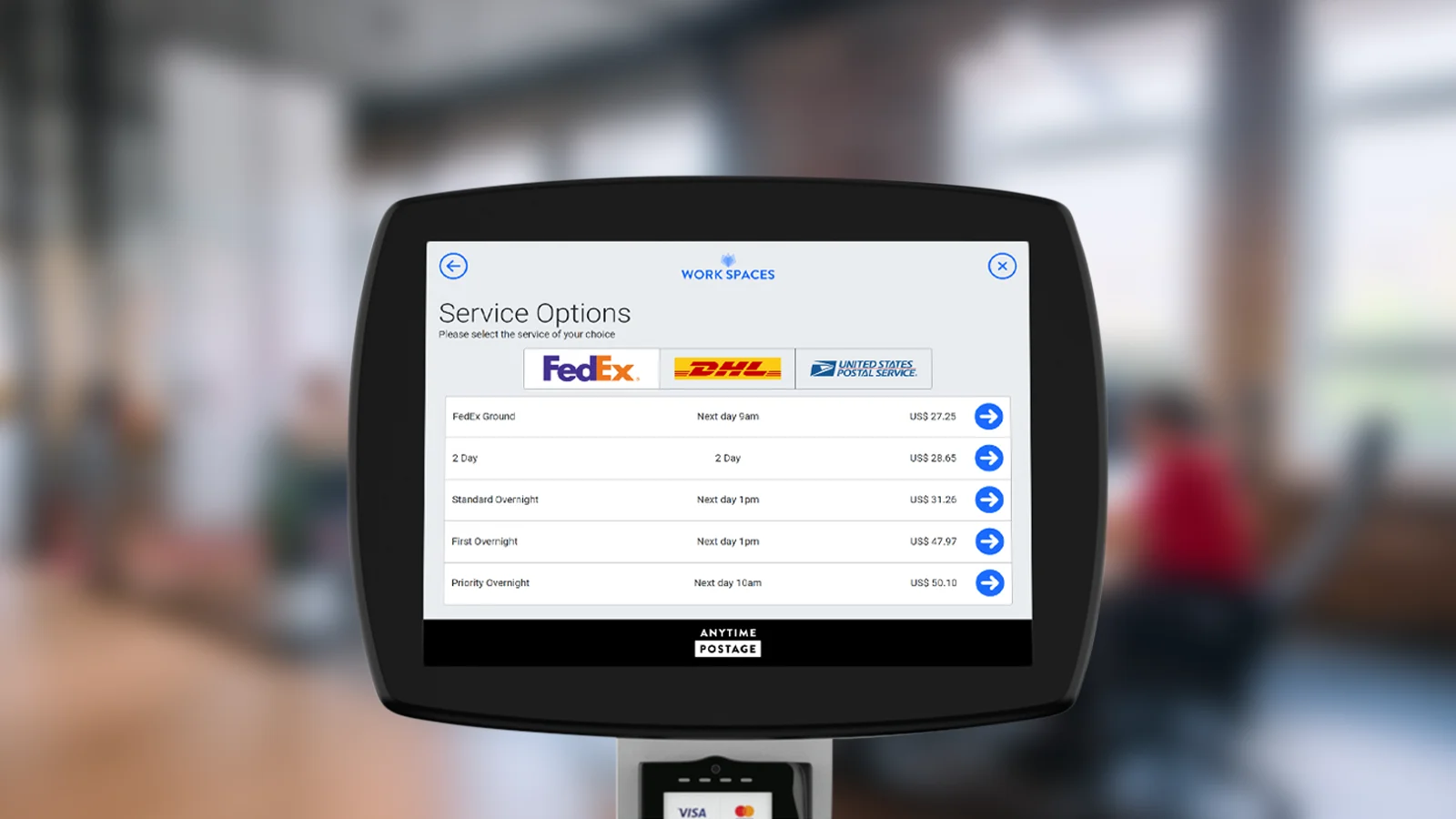August 13, 2025
·
3 min read

When it comes to setting up a successful shipping kiosk, one of the most strategic decisions you can make is choosing the right carrier mix.
Whether your kiosk is located in a mall, coworking space, retail outlet, or apartment lobby, your ability to offer multiple carrier options, at the right balance of cost, coverage, and convenience, can directly impact your revenue and customer loyalty.
Why Carrier Mix Matters
Today’s consumers expect choices. Some prioritize the lowest price, others need the fastest delivery, and a growing number are looking for greener, more sustainable shipping options.
A kiosk that only supports a single carrier may be easy to manage, but it limits your flexibility and puts you at the mercy of one provider’s service quality and pricing.
By integrating multiple carriers, you give users more control and ensure your kiosk appeals to a wider audience, from online sellers and remote workers to students and busy professionals.
Key Factors to Consider in Carrier Selection

1. Coverage and Reach
Choose carriers with strong local, national, and international networks. Some may excel in domestic deliveries but lack efficient international services, or vice versa. A well-balanced mix ensures your customers can ship almost anywhere, anytime.
2. Pricing Models and Discounts
Compare retail vs. commercial rates, minimum volume thresholds, and negotiated discounts. Some carriers may offer more attractive pricing if you meet certain shipping volumes, while others may have better rates for lightweight vs. bulky parcels.
3. Speed and Service Levels
Not all carriers handle expedited shipping the same way. Offering a mix of same-day, overnight, and economy options can cater to customers with different time sensitivities. Include carriers that specialize in express delivery as well as those known for cost-effective ground services.
4. Parcel Tracking and Reliability
Choose carriers with robust, real-time tracking systems and consistent delivery performance. Customers value transparency and reliability, especially when shipping time-sensitive or valuable items.
5. Technology Integration
Your kiosk software must support API integrations with your chosen carriers. Look for partners with reliable, developer-friendly APIs that allow you to streamline label generation, rate shopping, and parcel tracking within your kiosk’s interface.
6. Customer Support and Claims Handling
When something goes wrong, you need carriers that stand behind their service. Evaluate how each handles lost or damaged packages, refund requests, and support escalations. A carrier’s responsiveness can directly impact how users feel about using your kiosk for additional shipments.
7. Sustainability and Innovation
More users are asking about carbon-neutral shipping or eco-friendly packaging. If sustainability is part of your brand promise, consider including carriers that offer green shipping initiatives or carbon offset programs.
Building the Ideal Mix: Common Carrier Types

Here’s how different types of carriers can fit into your kiosk ecosystem:
- National Carriers (e.g., FedEx, UPS): Reliable for express and time-definite shipments. They provide extensive domestic reach, solid tracking, and professional support, which is perfect for B2B and high-value packages.
- Postal Services (e.g., USPS): Ideal for small parcels, PO boxes, and cost-effective local and international shipping. They offer good coverage at lower prices but with fewer premium service options.
- Regional Couriers: These carriers excel in specific areas and can provide faster local delivery than national players. They’re ideal for metro-to-metro routes or same-day city deliveries.
- Crowdsourced and On-Demand Services (e.g., DoorDash, Roadie, Uber Connect): Perfect for same-day, hyperlocal deliveries. These services excel in flexibility and speed, making them ideal for urgent, short-distance shipments.
- Freight and Logistics Partners: If your kiosk handles oversized or bulk shipments, integrating LTL (less-than-truckload) and freight carriers may add another layer of value for business customers.
Tips for Making the Right Carrier Mix Work
- Start with 3–4 carriers and scale as demand grows. Too many options upfront can be confusing to users.
- Monitor usage data and adjust based on customer behavior and feedback.
- Train your support team (or automate FAQs) to help users understand the differences between carriers and services.
- Stay updated on carrier rate changes, service suspensions, or new offerings.
Bottom Line
Your carrier mix is a core part of your kiosk’s value proposition. By offering the right blend of price, performance, and flexibility, you’ll empower customers to choose what matters most to them.
The result? More satisfied users, stronger retention, and a shipping kiosk that truly delivers.


